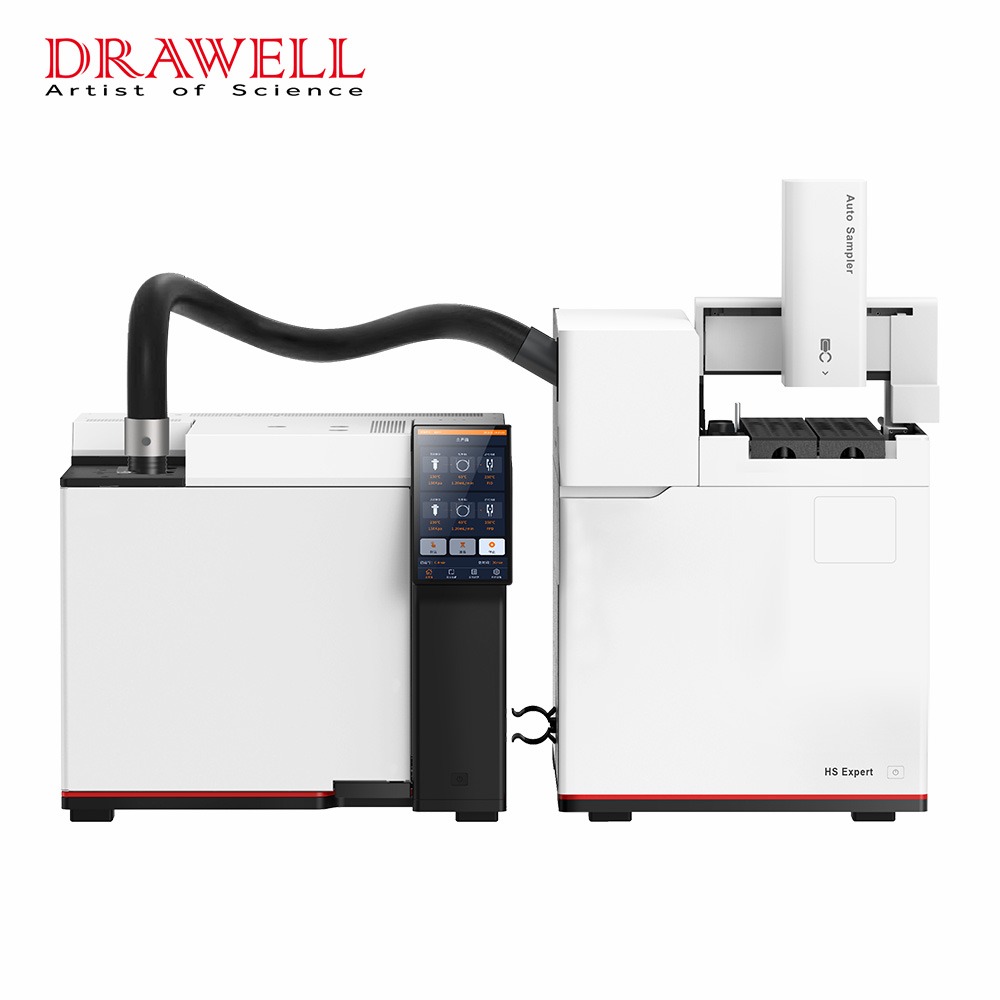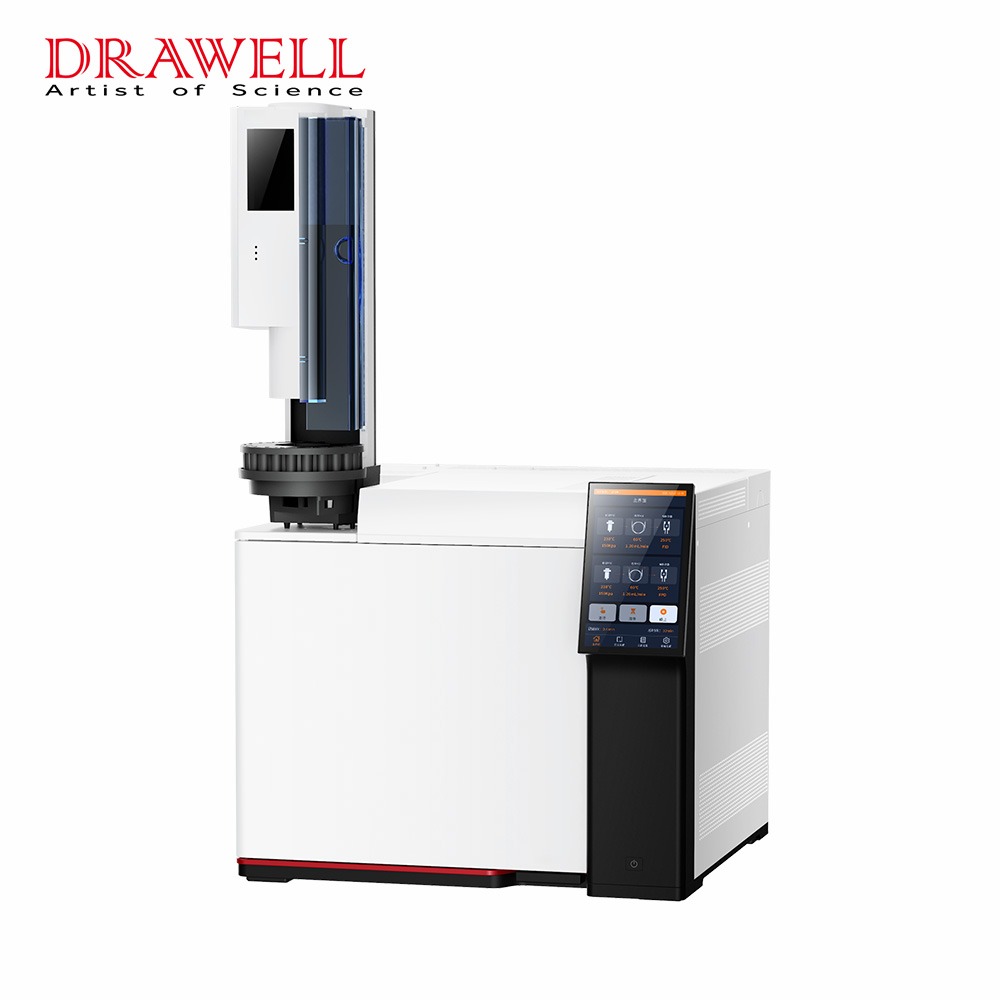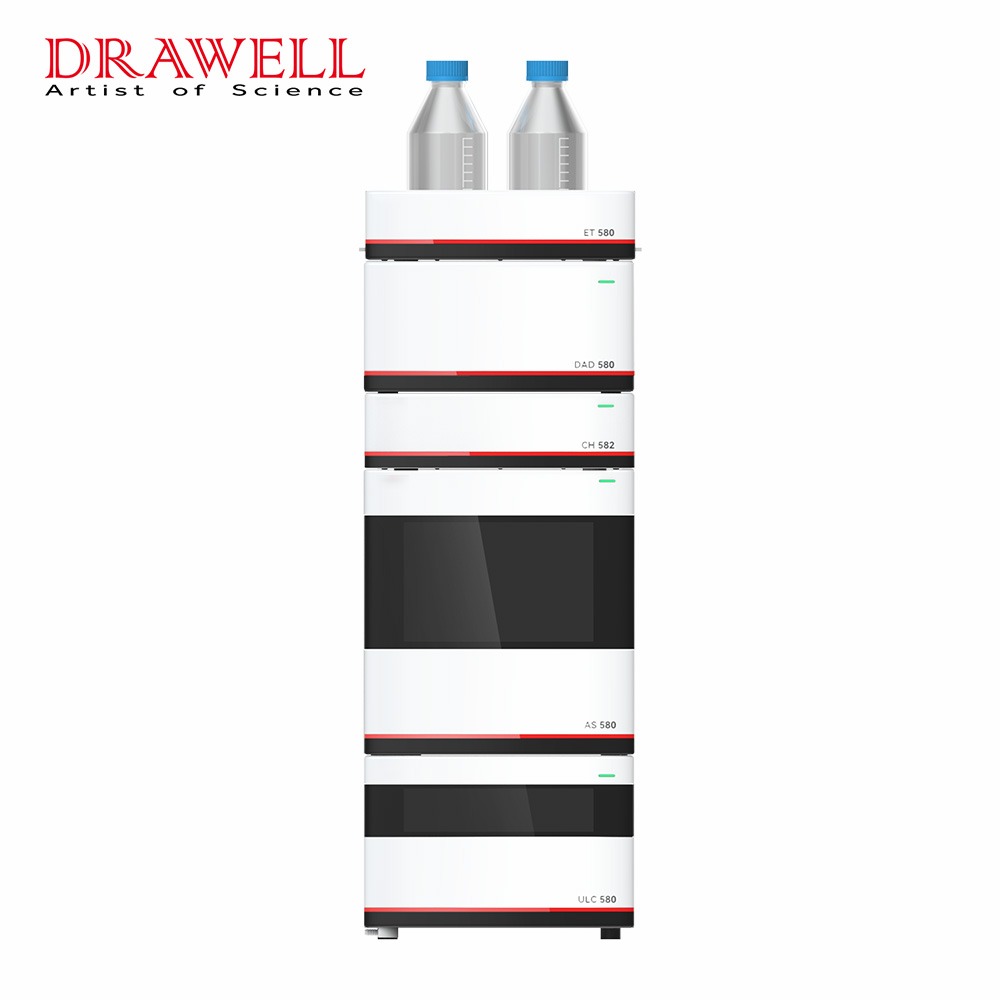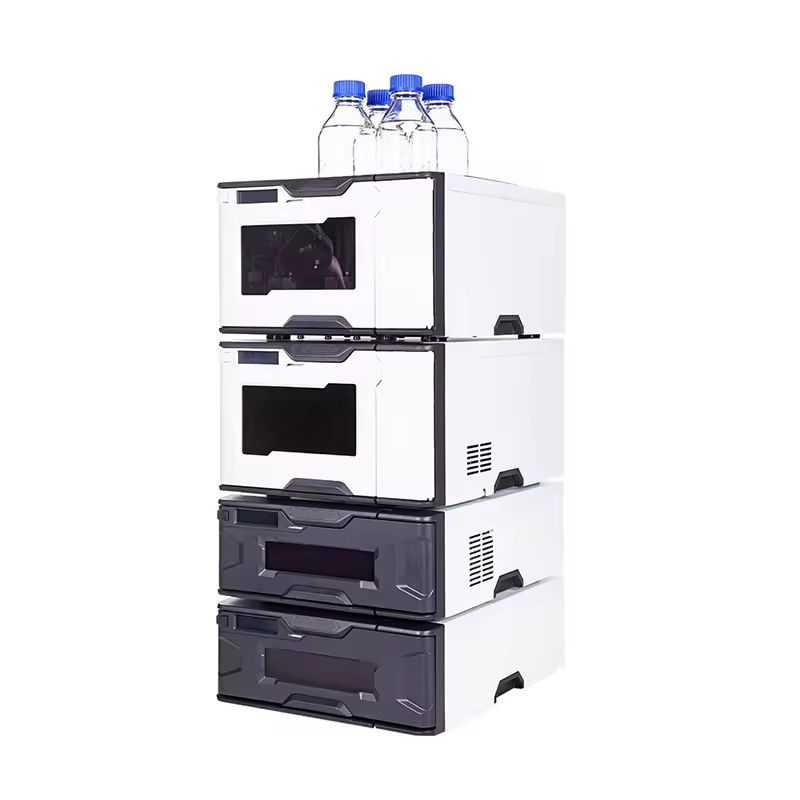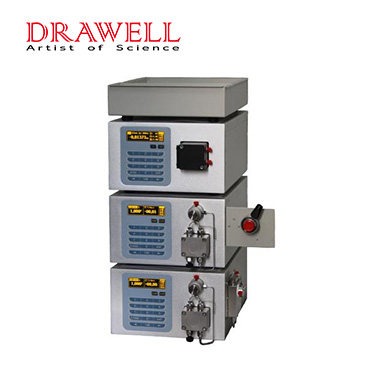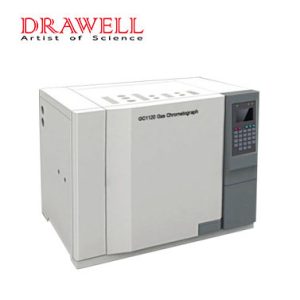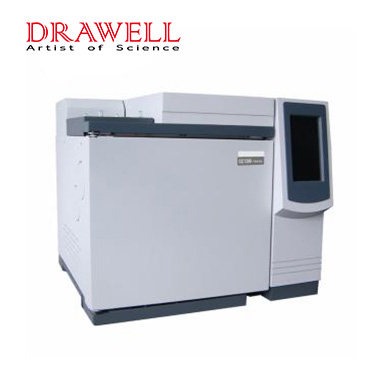In the realm of analytical chemistry, the marriage of classical liquid chromatography with the theoretical framework of gas chromatography has given birth to the formidable High-Performance Liquid chromatography (HPLC). This amalgamation has revolutionized analytical techniques, introducing features such as high pressure, speed, efficiency, sensitivity, selectivity, and a broad range of applications. In this article, we delve into the intricacies of both gas chromatography and high-performance liquid chromatography, uncovering their differences in terms of analytical objectives, flowing phases, and operating conditions.
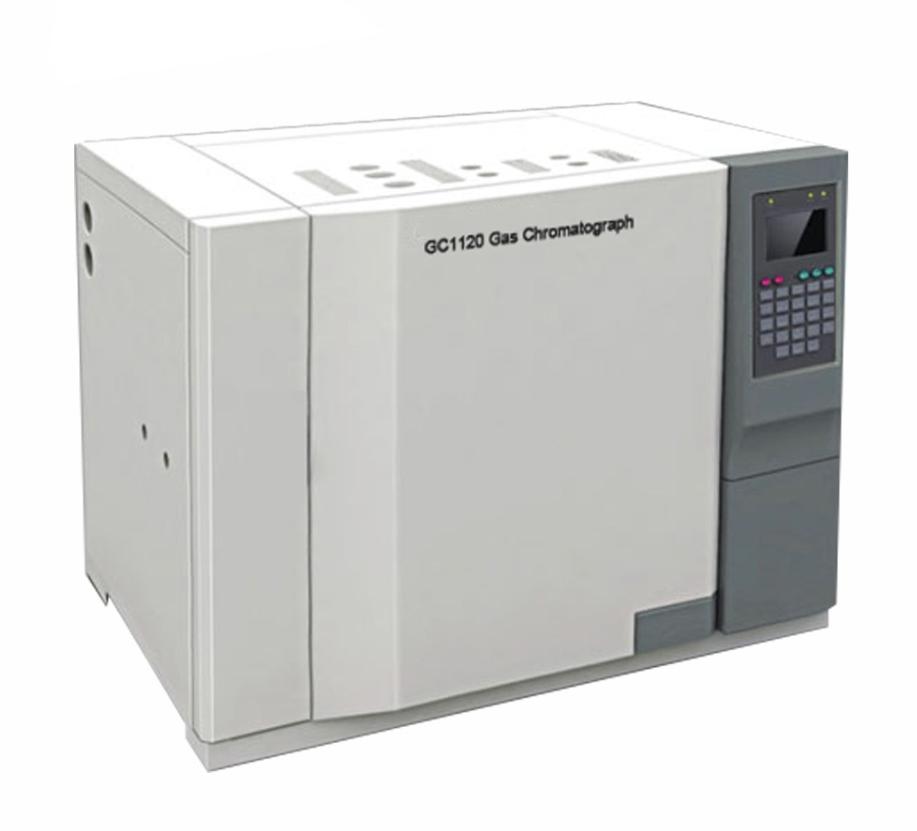
What are High-Performance Liquid Chromatography and Gas Chromatography
What is High-Performance Liquid Chromatography (HPLC)?
High-performance liquid chromatography, commonly known as HPLC, is a powerful analytical technique used for the separation and analysis of complex mixtures. It operates based on the principles of liquid chromatography, where a liquid mobile phase is used to transport a sample through a stationary phase. The stationary phase, typically composed of a solid adsorbent or a liquid-coated solid support, interacts with the analytes in the sample, leading to their separation.
What is Gas Chromatography (GC)?
Gas chromatography, on the other hand, is a technique that relies on the separation of volatile and thermally stable substances. In GC, the sample is vaporized and carried through a column by an inert gas mobile phase. The separation occurs as the analytes interact with the stationary phase inside the column. GC is particularly well-suited for the analysis of volatile compounds, making it a valuable tool in fields such as environmental analysis, forensics, and the study of volatile organic compounds.
Differences between High-Performance Liquid Chromatography and Gas Chromatography
1. Analytical Object Differences
Gas Chromatography (GC): GC targets analytes with specific physical properties: high volatility, thermal stability, and low boiling points. These attributes allow them to be vaporized and swept through the instrument by an inert gas, interacting solely with the stationary phase for separation. However, this vaporization requirement restricts GC to a mere 15-20% of organic compounds, excluding high-boiling, thermally sensitive, and ionic species.
High-Performance Liquid Chromatography (HPLC): Unlike GC, HPLC analyzes samples in solution, dissolving them in a chosen liquid mobile phase. This eliminates the volatility and thermal limitations, opening the door to a vast array of analytes: large molecules, thermally fragile compounds, and even ions. Additionally, the mobile phase itself plays an active role in separation, interacting with the analytes and influencing their dance through polarity and pH adjustments. This versatility empowers HPLC to reach a staggering 80-85% of the organic world.
2. Flowing Phase Differences
Gas Chromatography (GC): The mobile phase in GC consists of inert gases. This choice minimizes any affinity forces between components and the mobile phase, ensuring that interactions primarily occur with the stationary phase. The lack of interaction with the mobile phase contributes to the efficiency of GC in separating components based on their interaction solely with the stationary phase.
High-Performance Liquid Chromatography (HPLC): HPLC, on the other hand, employs liquid as the mobile phase. The choice of liquid introduces affinity forces between the mobile phase and components, augmenting the column’s selectivity and improving separation efficiency. Furthermore, the variety of available liquid mobile phases expands the method’s flexibility, allowing for tailored adjustments to achieve optimal separation conditions. Factors such as polarity and pH values become pivotal in determining separation outcomes.
3. Operating Condition Differences
Gas Chromatography (GC): GC thrives in the heat. Ovens roar, reaching hundreds of degrees, a crucial step in transforming samples into vaporous forms for separation. This thermal boost fuels GC’s efficiency, enabling rapid and effective separations. However, this dependence on high temperatures restricts GC to analytes that can withstand the heat, limiting its versatility.
High-Performance Liquid Chromatography (HPLC): In stark contrast, High-Performance Liquid Chromatography operates at room temperature but relies on high pressure due to the elevated viscosity of the liquid mobile phase. The absence of heating during operation distinguishes HPLC from GC, highlighting the versatility of this technique and its applicability to a broader range of compounds.
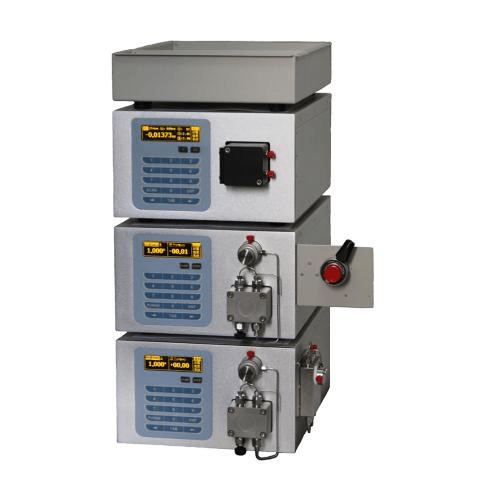
Applications of High-Performance Liquid Chromatography and Gas Chromatography
HPLC and GC find applications in various scientific and industrial fields, including:
- Chemical Analysis: GC takes center stage for volatile, low-boiling-point chemicals like hydrocarbons and fragrances, while HPLC reigns supreme for large molecules, polymers, and polar compounds. Both techniques unveil the secrets of chemical mixtures, aiding in quality control, product development, and identification.
- Environmental Analysis: GC sniffs out air pollutants and pesticides in air samples, while HPLC dives deeper into water and soil, unearthing contaminants and revealing the hidden story of environmental health.
- Pharmaceutical Analysis: From drug discovery to quality control, HPLC and GC work hand-in-hand. HPLC dissects complex drug formulations, while GC pinpoints the active ingredients with laser-like precision. Together, they ensure the safety and efficacy of life-saving medicines.
- Food Analysis: HPLC guards our plates, identifying pesticides and additives in fruits and vegetables. GC complements this effort by detecting volatile contaminants like food spoilage indicators. Both techniques ensure the quality and safety of the food we consume.
- Biomedical Analysis: In the intricate world of biomolecules, HPLC shines a light on proteins, metabolites, and drugs within our cells. GC, with its sharp focus on volatiles, helps analyze breath samples for disease markers. Together, they unlock the secrets of health and disease at the molecular level.
Conclusion
In conclusion, both gas chromatography and high-performance liquid chromatography are indispensable tools in analytical chemistry, each with its unique strengths and limitations. HPLC’s versatility in analyzing a wide range of substances without the need for vaporization makes it a preferred choice in many applications. On the other hand, GC’s ability to provide higher resolution and sensitivity for volatile compounds positions it as a valuable tool, particularly in fields where the analysis of such compounds is essential.
Understanding the differences between HPLC and GC allows scientists and researchers to choose the most suitable technique based on the nature of the analytes and the specific requirements of their analyses. As technology continues to advance, it is likely that further refinements and innovations in both HPLC and GC will enhance their capabilities and broaden their applications, contributing to advancements in various scientific disciplines.

